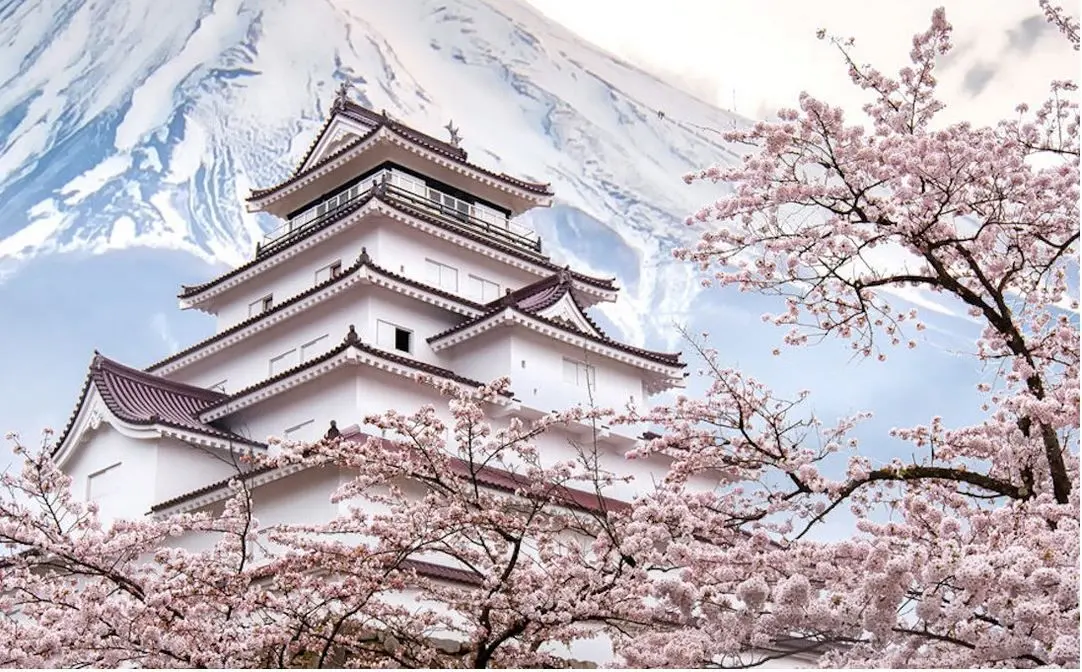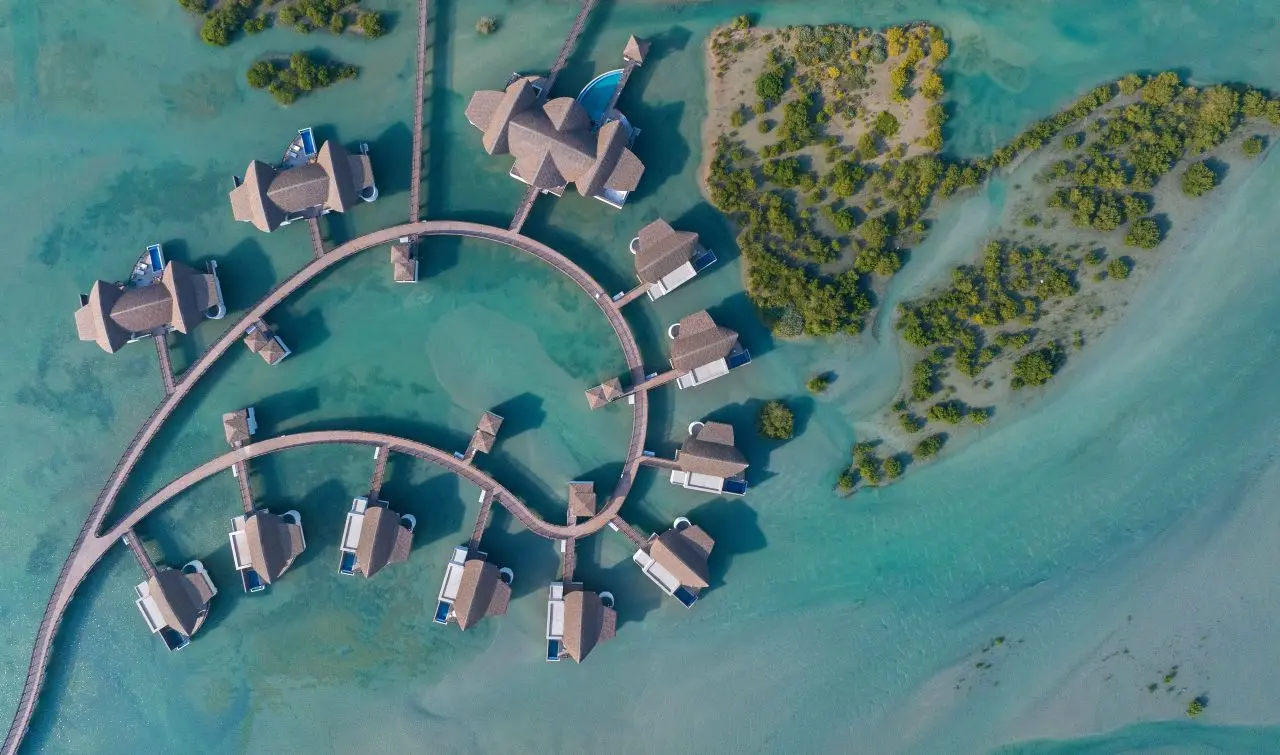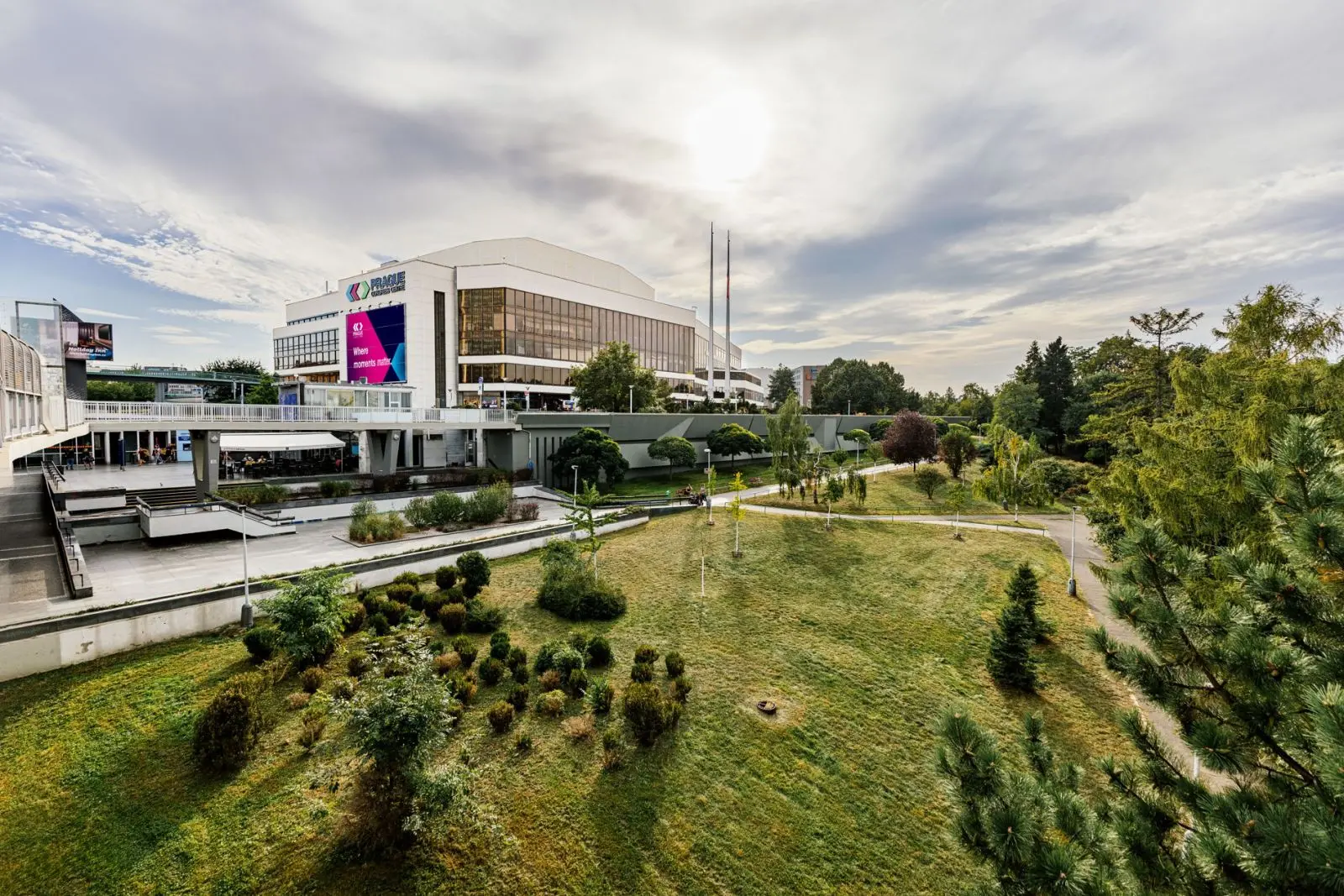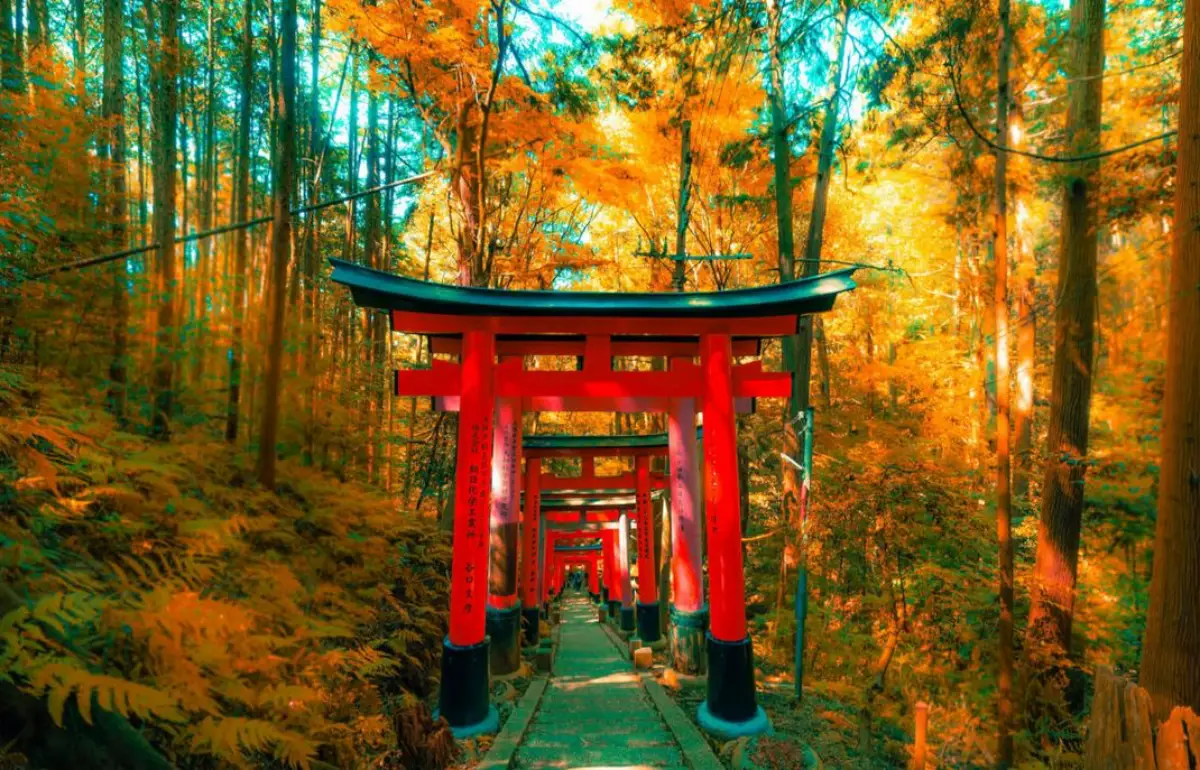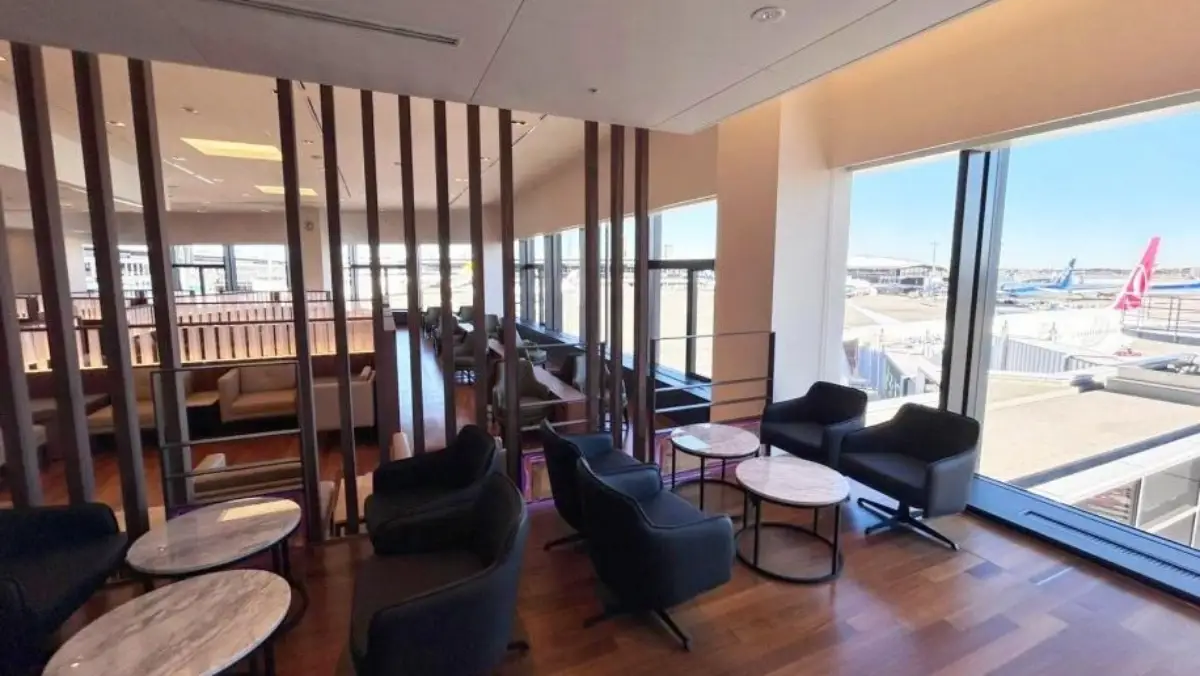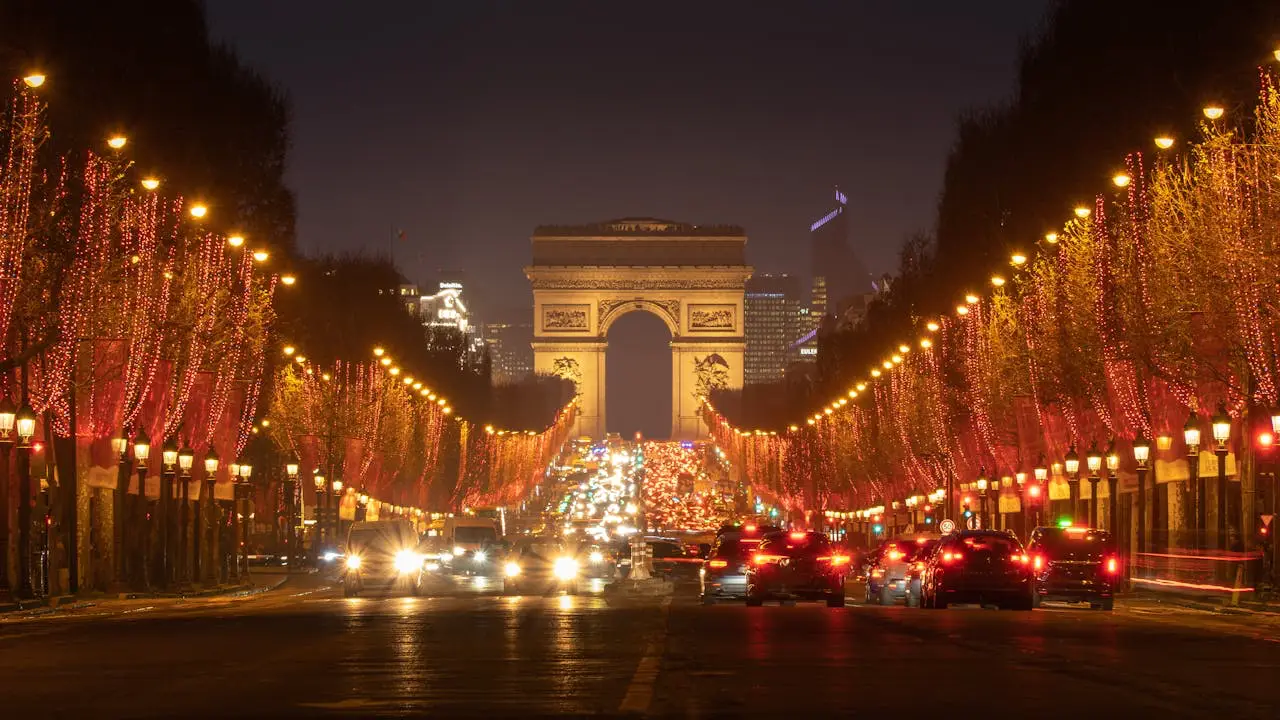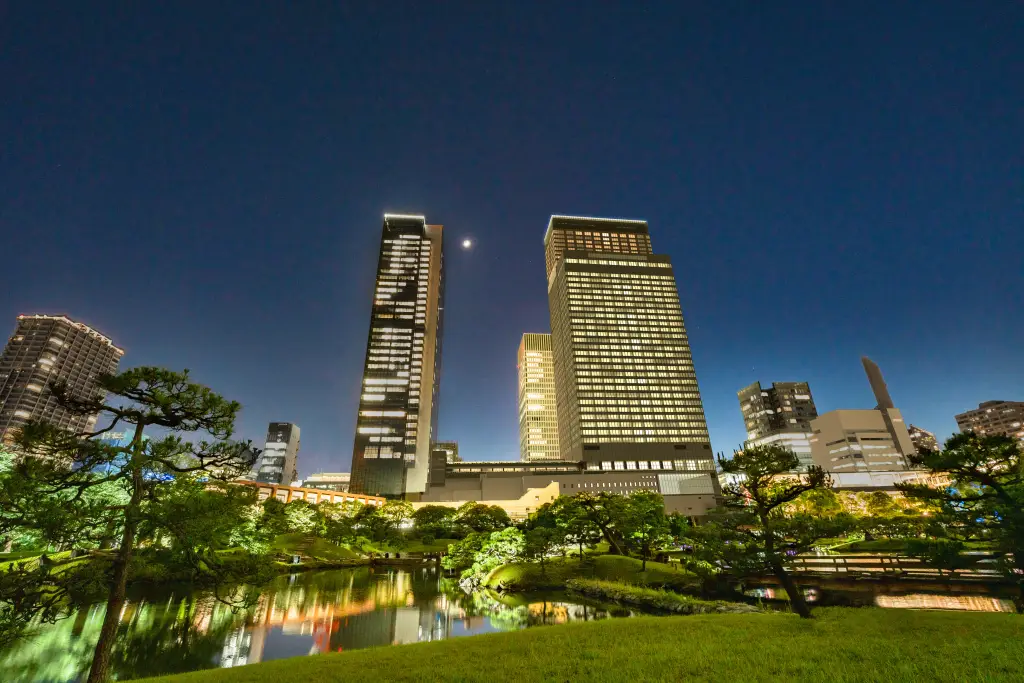Cherry blossoms, also known as sakura, have become an enduring image of Japan, with tourists and locals flocking to admire their incredible beauty in the many parks, rivers, mountains and even castles amongst the many viewing spots throughout the country.
The iconic cherry blossom is the national flower of Japan. However, it is not just a single species but around 200 species of cherry blossom trees with varying shapes and colors that bloom at slightly different times of the year. Given the cultural significance of the sakura, there are countless events, festivals, and specialty tours that are centred around the blooming of the cherry blossoms.
Many people hold ‘flower watching’ parties known as hanami which are gatherings with friends, families and colleagues. Many enjoy a picnic under the cherry blossoms with food and drinks. Cherry blossoms are absolutely stunning at night as it glows after the sun goes down! So obviously, cherry blossoms viewing at night (called Yozakura), is also extremely popular.
The specific timing varies depending on the location and conditions such as temperature, so the best viewing time changes every year. The speed at which cherry blossoms bloom is dependent on the temperature of the fall season and how it changes as the season progresses.
The full bloom period lasts only a few days, thus viewing them in all their glory is truly precious. Overall, cherry blossoms are expected to start a few days earlier than average for the 2024 season.
According to the Japan Meteorological Corporation (JMC), the first blooms are expected in Shikoku Island‘s Kochi on March 18, 2024. Following this, the flowers are expected to be in full bloom eight days later.
Following the bloom in Kochi, the cities of Fukuoka and Nagoya are set to witness sakura flowering on March 21, with full bloom forecasts for Fukuoka and Nagoya on March 30 and March 31, respectively.
For both Tokyo and Kyoto, the cherry blossoms are expected to bloom on March 23, with their full bloom seven days later. In Osaka, the flowering date is projected to be March 25, followed by the full bloom on April 1. Up north, Sapporo, on the island of Hokkaido, is likely to witness the cherry blossom flowering on May 2, reaching full bloom four days later.
Here are top spots in Tokyo especially recommended to visit for cherry blossoms viewing at night, according to JW Web Magazine:
Shinjuku Gyoen: Tokyo’s largest national garden with 1000 cherry blossom trees
Meguro River: the scenic view of the 4km canal lined with 800 cherry blossoms and lot of local food stalls attracts millions of visitors every year.
Chidorigafuchi: Cherry blossoms flourishing around moats of the former Edo Castle featuring the 700 m long walk path lined with cherry trees.
Ueno Park: The vibrant Hanami party vibes continue till evening in the park with the light-up.
Sumida Park: Viewing cherry blossoms and Tokyo Skytree on a river cruise
Mt.Fuji, one of the most famous and popular tourist destinations in Japan, is also a perfect place to enjoy cherry blossoms. People also visit the Mt.Fuji area in April for the Fuji Kawaguchiko Cherry Blossom Festival.
The old capital Kyoto is one of the best cities to view cherry blossoms in Japan. There are many historical areas including temples and shrines, whose scenery matches cherry blossoms well. You can see them in some popular tourist sites like the Kiyomizudera Temple and Ninnaji Temple.
Osaka, the second biggest city in Japan, boasts some symbolic places featuring cherry blossoms such as the Osaka Castle Park that has 3,000 cherry trees.



